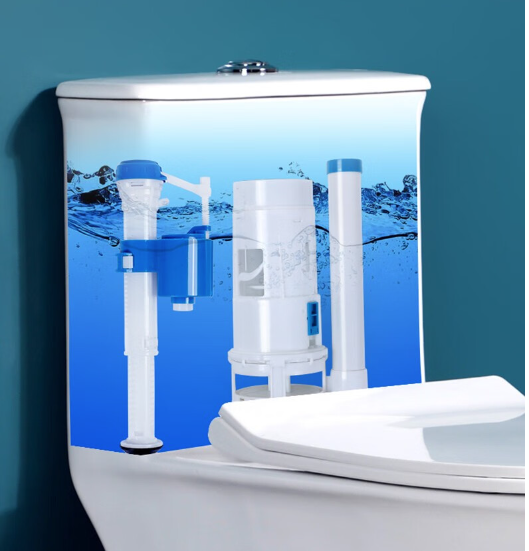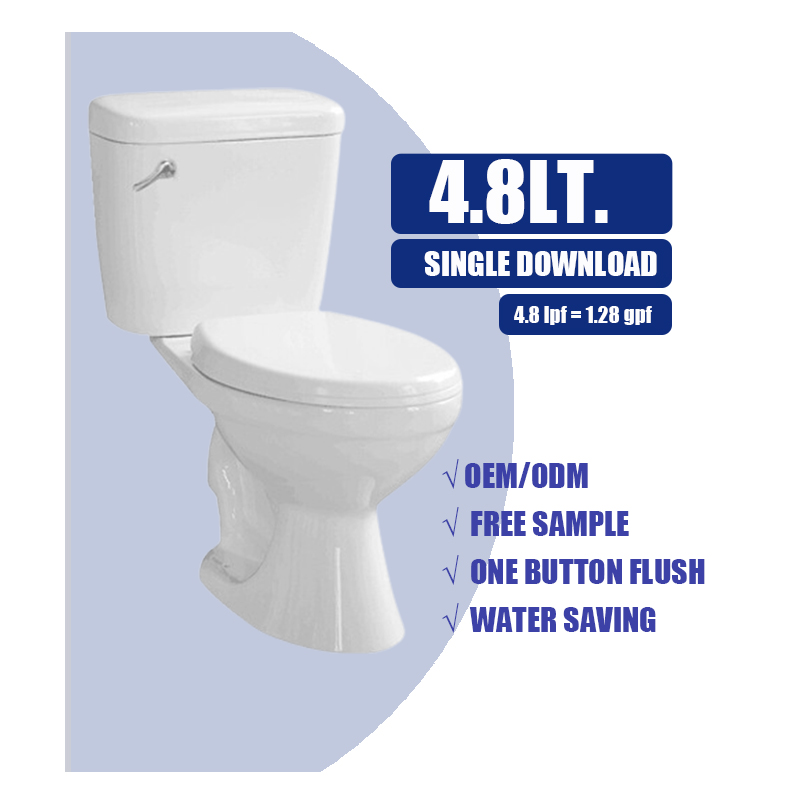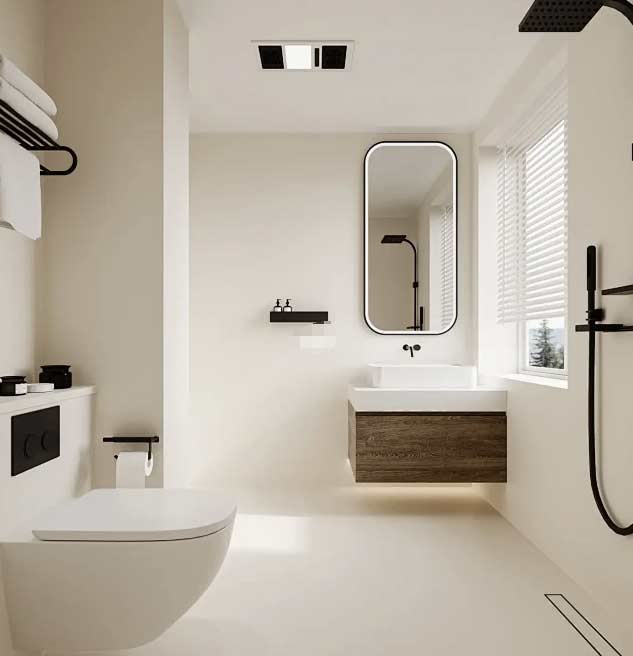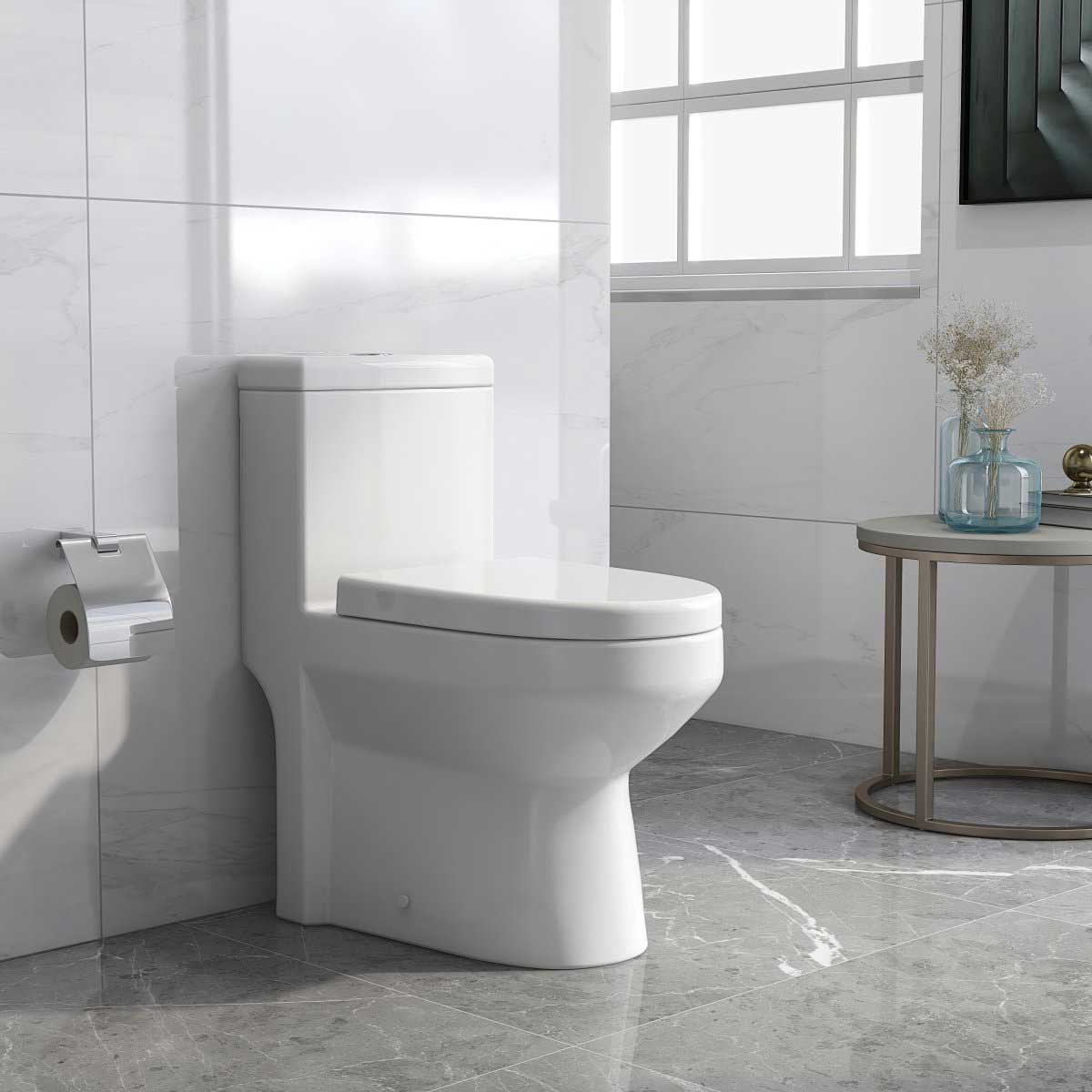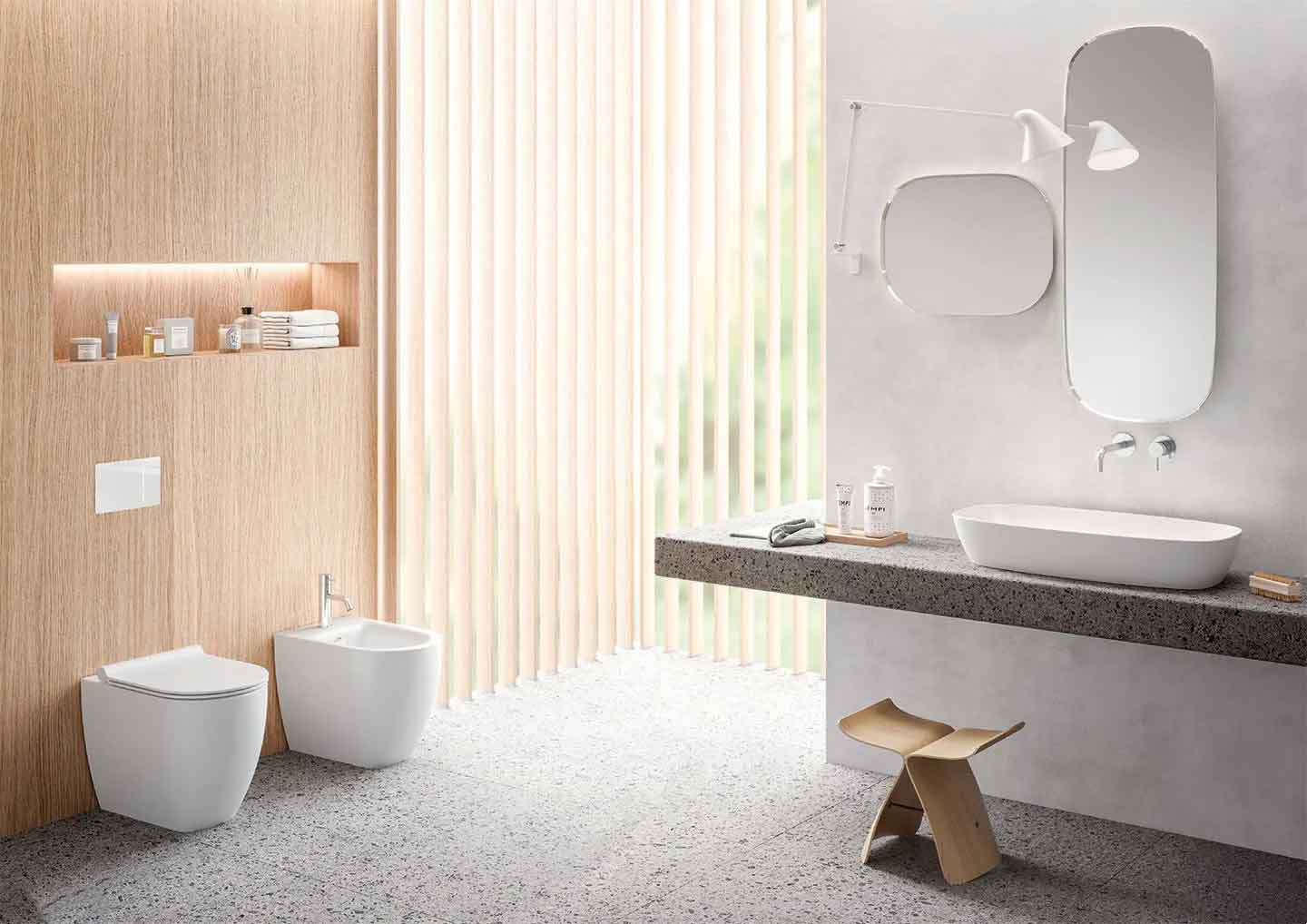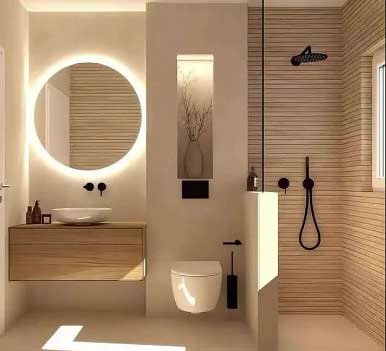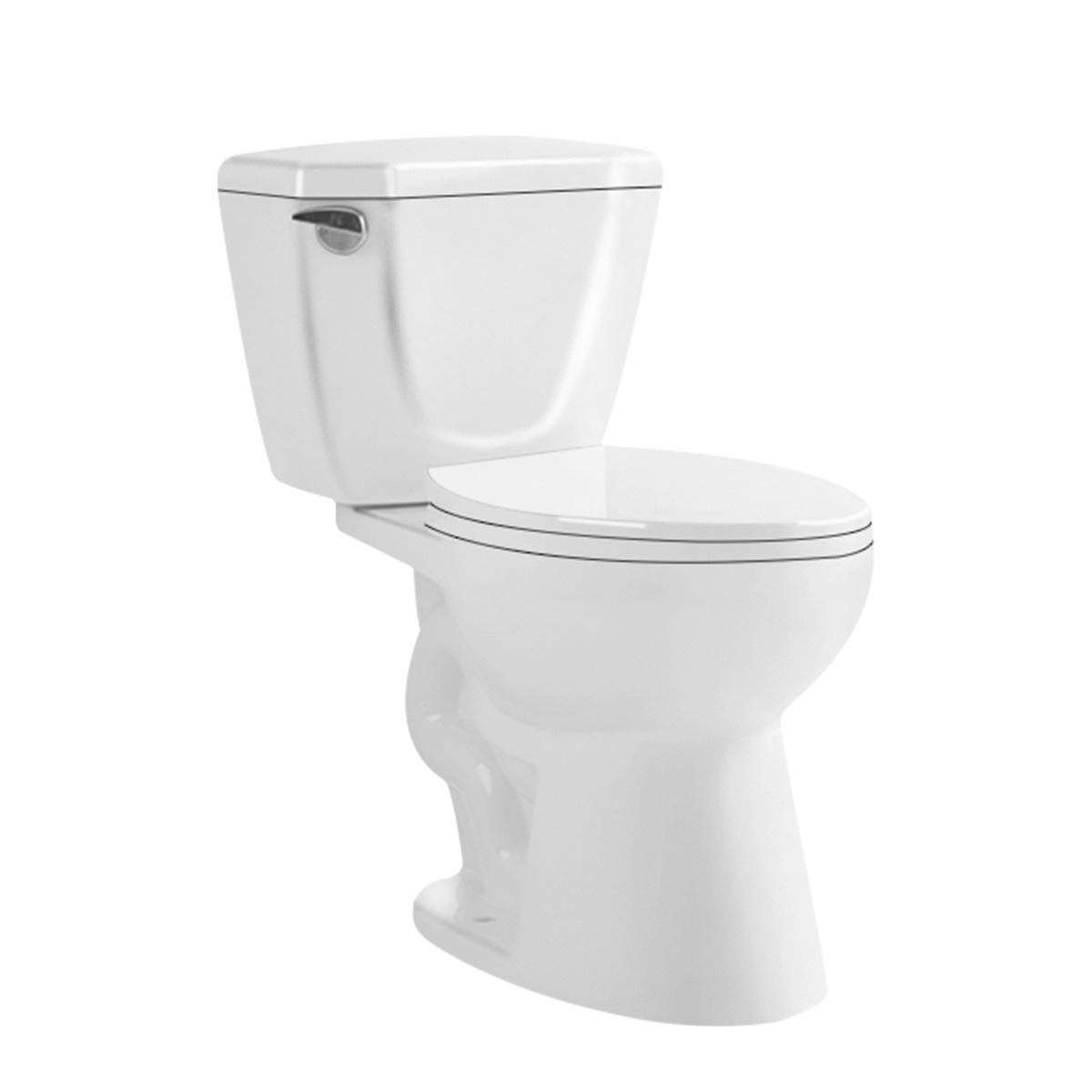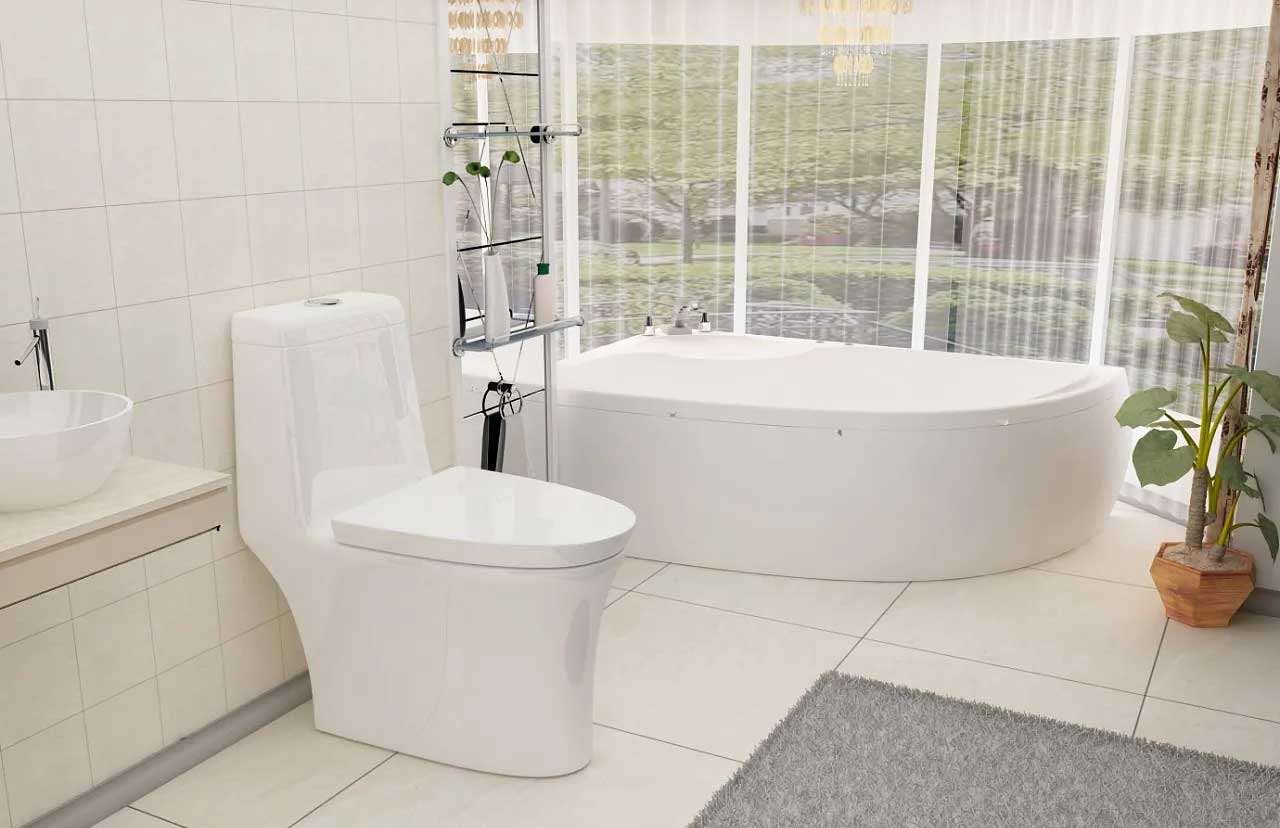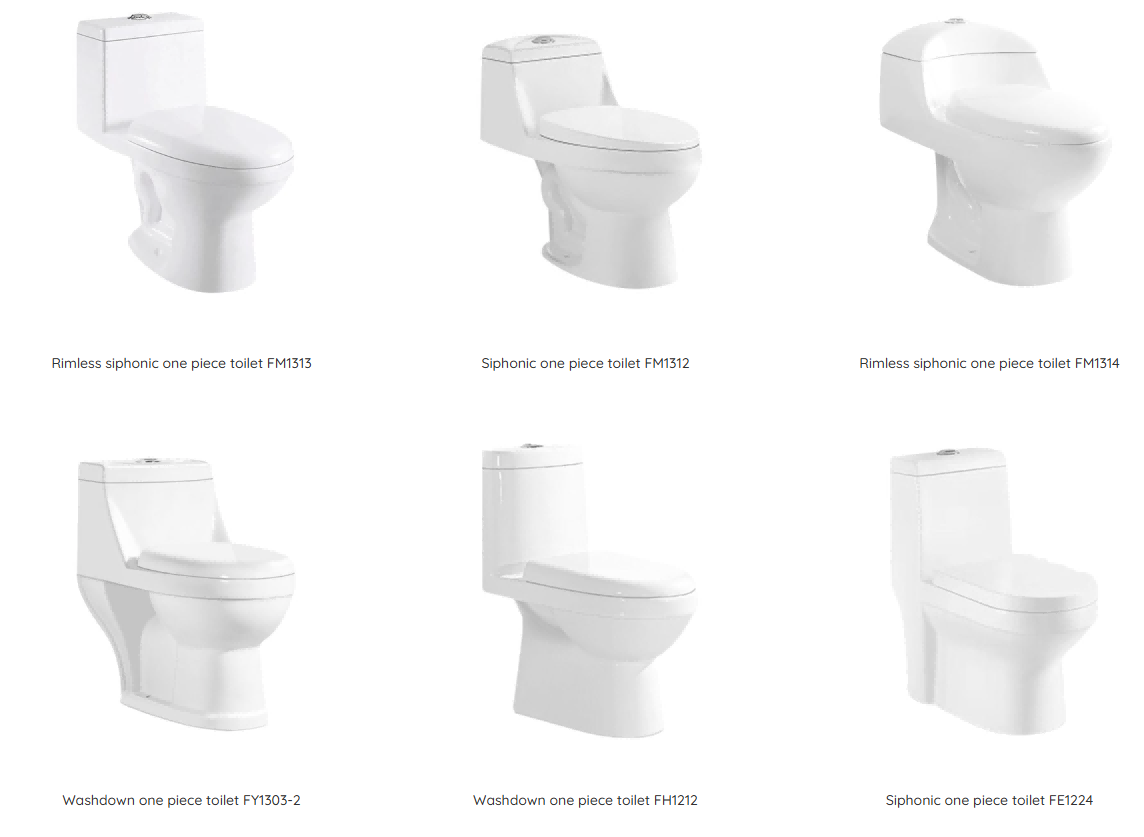The High Impact of Low-Flow Toilets: A Necessary Shift in Bathroom Efficiency
As the global population continues to rise, the demand for water resources also increases. One of the significant areas where water consumption can be significantly reduced is in the bathroom, particularly in the use of toilets. The introduction of low-flow toilets has revolutionized bathroom efficiency, not only reducing water consumption but also contributing to environmental sustainability.
Low-flow toilets, also known as water-efficient toilets, are designed to use less water per flush compared to traditional toilets. They accomplish this through a combination of innovative design, improved flushing mechanisms, and the use of advanced technology. These toilets typically use between 1.28 gallons (4.8 liters) and 1.6 gallons (6 liters) per flush, as opposed to the older models that often consumed over 3.5 gallons (13.2 liters) per flush.
4.8L Single download one piece toilet
The impact of low-flow toilets is vast and far-reaching. Firstly, they contribute significantly to water conservation. With the widespread adoption of these toilets, households, businesses, and institutions can significantly reduce their water usage. This not only helps to ensure the availability of this precious resource for future generations, but it also reduces the strain on water treatment facilities, resulting in cost savings for municipalities.
Moreover, the environmental benefits of low-flow toilets are numerous. By reducing water consumption, these toilets also lower the amount of energy required to pump, treat, and distribute water. This reduction in energy usage translates into fewer greenhouse gas emissions, which contribute to climate change. Additionally, lower water usage reduces the amount of wastewater that needs to be processed, further reducing the environmental impact of water usage.
However, the transition to low-flow toilets has not been without challenges. Some consumers have expressed concerns about the flushing performance of these toilets, fearing that they may not be able to effectively remove waste. However, with advancements in technology and design, modern low-flow toilets have proven to be just as effective, if not more so, than traditional toilets. In fact, many of these toilets utilize dual-flush mechanisms that allow users to choose between a full flush for solid waste and a partial flush for liquid waste, further reducing water consumption.
4.8L Single download two piece toilet
In addition to the environmental and economic benefits, low-flow toilets also provide a more comfortable and convenient experience for users. Many modern designs feature quiet operation, which is a welcome change from the loud flushes of older toilets. Moreover, the reduced water usage also means that less water is splashed around the bathroom, making it a cleaner and more pleasant environment.
In conclusion, low-flow toilets have a significant and positive impact on water conservation and environmental sustainability. With the widespread adoption of these toilets, we can reduce water consumption, lower energy usage, and reduce the environmental impact of bathroom usage. While there may be some initial concerns about performance, the advancements in technology and design have proven that modern low-flow toilets are just as effective, if not more so, than traditional toilets. As we continue to face the challenges of water scarcity and climate change, the transition to low-flow toilets is a necessary step towards a more sustainable future.

